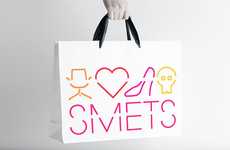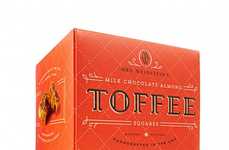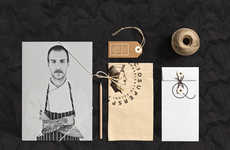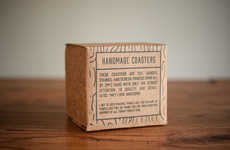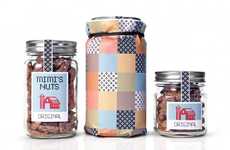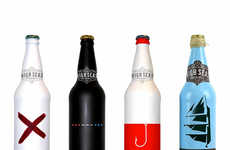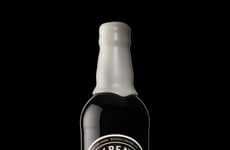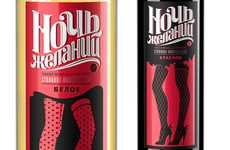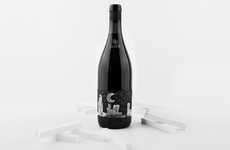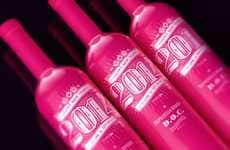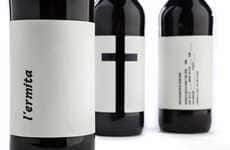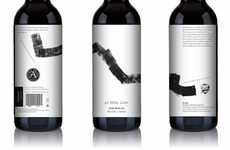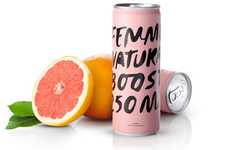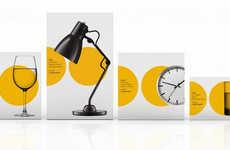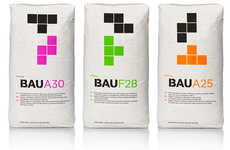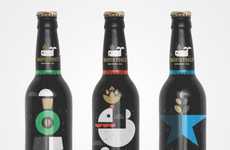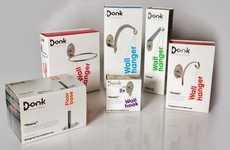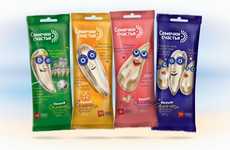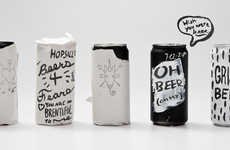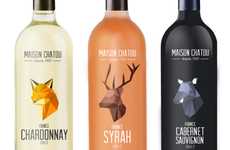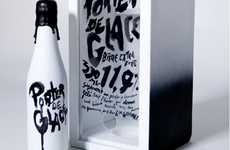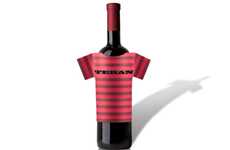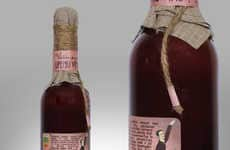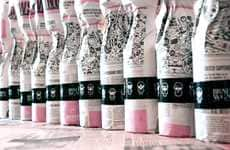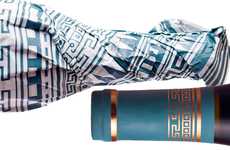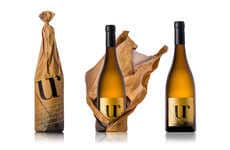
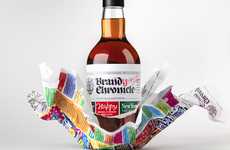

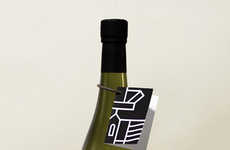
Brands turn to flawed packaging to reflect realistic shortcomings
Implications - Despite a continuous emphasis on perfection in the media, achieving such results is often rare and uncommon. Seeking to reflect a more realistic view of consumer behavior, brands are turning to purposely broken and torn product labels to emphasize natural shortcomings and flawed aesthetics. Referencing notions of imperfection helps create a sincere link between the consumer and brand, speaking to a desire for more sensible and personally reflective forms of consumer engagement.
Trend Themes
1. Imperfection Aesthetics - Brands are turning to purposely broken and torn product labels to emphasize natural shortcomings and flawed aesthetics, creating a sincere link between the consumer and brand.
2. Repurposed Packaging - Designers are repurposing printed materials like newspapers and flyers to create unique and sustainable packaging solutions.
3. Minimalistic Branding - Brands are opting for minimalist and uniformed aesthetic design, creating simple and impactful visual impressions.
Industry Implications
1. Packaging - Packaging designers can apply the trend of repurposed materials and imperfection aesthetics to create unique and sustainable packaging solutions.
2. Branding and Marketing - Marketing professionals can utilize the trend of minimalistic branding to create simple and impactful visual impressions for their brands.
3. Consumer Goods - Consumer goods manufacturers and designers can apply the trend of imperfection aesthetics to reflect a more realistic view of consumer behavior and create a sincere link between the consumer and their brand.
